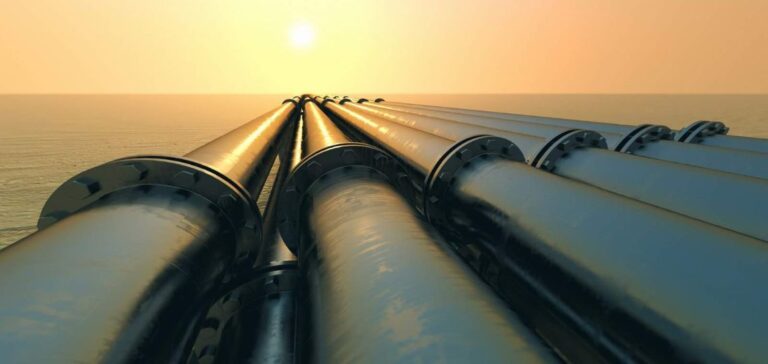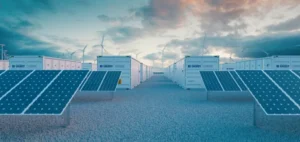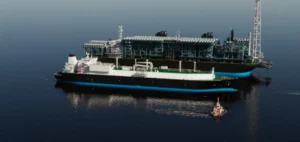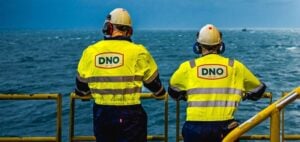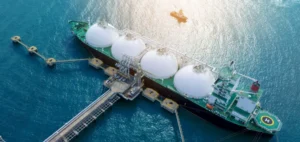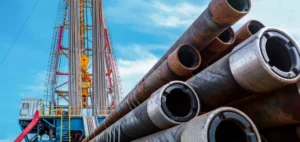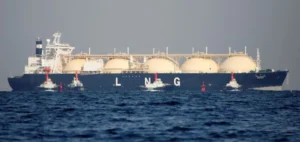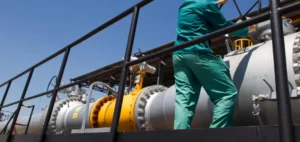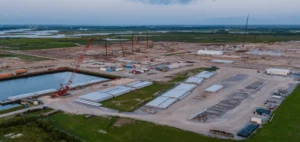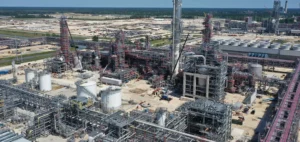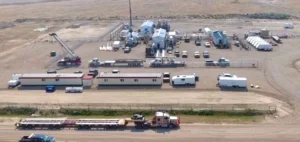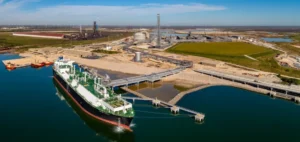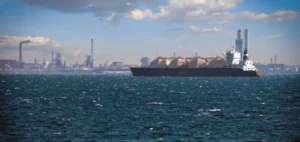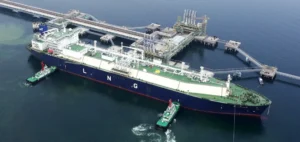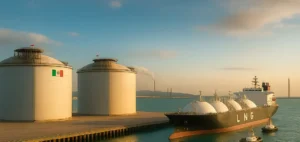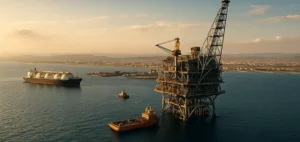In the USA, theEnvironmental Protection Agency’s (EPA ) 2023 “Good Neighbor Rule”, aimed at tightening regulations on industrial emissions, will affect around 1,220 compressor station engines in 20 states. This measure requires equipment refurbishment that could limit natural gas supply for power generators, particularly during periods of high winter demand, according to PJM Interconnection.
Legal action in response
In response to the anticipated constraints, several interstate pipelines and the Interstate Natural Gas Association of America sought an emergency stay from the U.S. Supreme Court in October 2023. The Court heard oral arguments in February, with amicus briefs expected in April, according to a presentation made at a meeting of the PJM Electric Gas Coordination Senior Task Force.
Reliability concerns and reactions
The stations to be upgraded to control nitrogen dioxide emissions by May 2026 are those with engines of over 1,000 hp. PJM staff have expressed concerns about reliability, particularly during winter, when residential heating and power generation compete with the available gas supply.
Waiting strategy and PJM solutions
Faced with the current legal situation, PJM is adopting a wait-and-see stance, while developing solutions to improve coordination between the gas and electricity markets. These solutions, validated by a stakeholder vote, are currently being integrated into the PJM rulebook, with a presentation scheduled for the PJM Markets and Reliability Committee in April.
A business practices sub-committee including the North American Energy Standards Board has been set up to address communication between the gas and electricity sectors during critical periods. This initiative aims to improve situational awareness of potential upstream gas supply losses and clarify emergency notifications for interstate pipelines.

